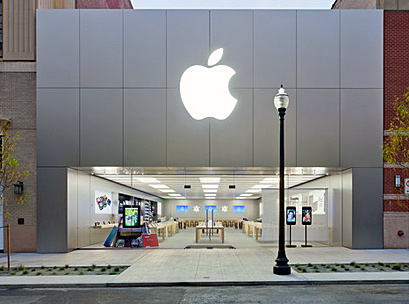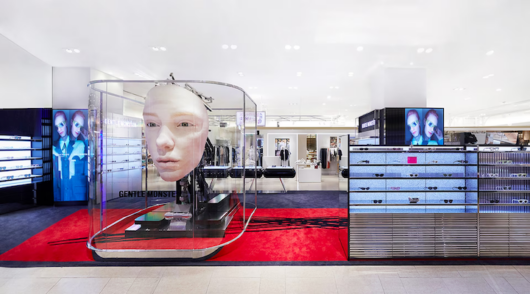Cosmetics king, Napoleon Perdis, voiced the frustration of many shoppers last week when he warned Australian department stores to increase their staffing levels and training “so that customers feel there is a reason to go into them”.
Quoted in the Fairfax press, Perdis urged DJs and Myer to “bite the bullet” or pay the price.
Part of the challenge for our department stores, and Australian retail generally for that matter, is that there is enormous tension created between rising service expectations and the relatively high cost of staff.
On the one hand, today’s shopper really does want the world, due to two key factors:
1. Internet-shaped expectations. As Jon Stine of Cisco Systems notes, online retailers have raised the bar for service generally – what he calls “internet-shaped expectations”. According to Stine, instant Google search results and transparency of information on the web have reset our frame of reference. Customers say: “I want to instantly know everything about a product or service. I want to know what others honestly think. And I want to know if it’s in stock right now”.
2. International retailer-shaped expectations. Global retailers coming into Australia such as Apple have also elevated what we demand from a physical store experience. Walk into an Apple Store and you are overwhelmed by the availability of staff, their knowledge, and ability to assist. By contrast, customers often tell me that they struggle to find assistance in department stores, and when they do, the propensity to help, and the level of product knowledge is inadequate.
In terms of staffing levels, Australian department stores do not compare well to their international counterparts.
A Citi Research report in November estimated that the average number of staff per store in Myer was 180 and David Jones 257, versus 369 in America’s Nordstrom, and more than 700 in the UK’s John Lewis. (Admittedly, John Lewis has moved recently to cut staff in stores.)
Cost of staff is often raised as a reason for fewer people on the floor.
It is true that Australian retailers are burdened with relatively high wages.
The standard minimum adult wage in Australia is currently $17.53 per hour, compared to $9.20 in the UK and $7.07 in the US.
Add to that penalty rates and on-costs, and it’s no wonder that retailers are challenged to deliver great standards of service.
On Sundays, Australian retailers are paying between 3.8 and five times more than UK and US retailers.
A senior retail executive I spoke to also decries the “leadership on the floor”.
“Where are the floor managers?”,he asks.
“Where are the Mr Humphries?” (A reference to the classic British sitcom – Are You Being Served?)
How do you solve the service conundrum?
As Napoleon Perdis said, department stores, and other retailers will have to “bite the bullet” and invest in both numbers of staff and training, or lose business to competitors and the web.
Team members will need to be groomed to be advisors, not processors, and be better motivated to serve.
The other key is technology. As proven by the experience of the internet, service doesn’t always have to be provided by humans.
Facilitating information and transactions via digital devices instore helps service perceptions.
Retailers need to follow the lead of brands like Apple, Macy’s and JC Penney, and put more power in customers’ hands – via their smartphones.
Once again, it feels like Australian retail is playing catch up.
We need to move quickly to match and exceed expectations of service in a new, globalised retail environment.
* Jon Bird is CEO of specialist retail marketing agency IdeaWorks (www.ideaworks.com.au), and chairman of Octomedia, publisher of Inside Retail. Email: jon.bird@ideaworks.com.au Blog: www.newretailblog.com Twitter: @thetweetailer






